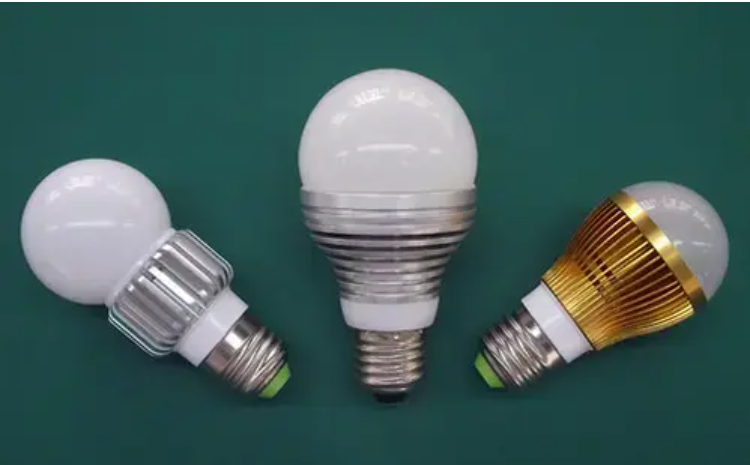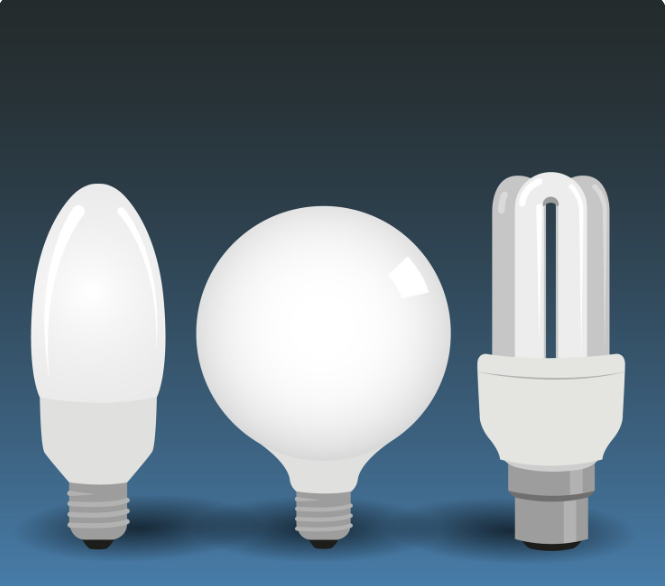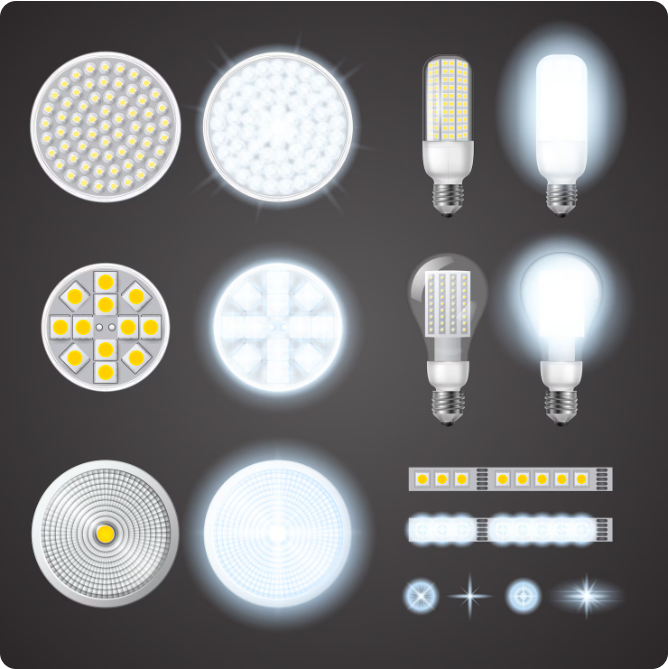Proper care and maintenance can significantly extend the life of your lamps and light fixtures, saving you money and reducing waste. Here are practical tips to help your lighting last longer:
Choose Quality Bulbs
Check Wattage Compatibility: Always use bulbs with the correct wattage for your fixture to prevent overheating.
Check wattage limits – Always use bulbs within the recommended wattage for your fixture to prevent overheating.
Opt for High-Quality Brands: Cheap bulbs often fail sooner; invest in reliable brands for better longevity.
Invest in LED bulbs which typically last 25,000-50,000 hours
Look for reputable brands with good warranties
Check lumens rather than watts for proper brightness needs
Avoid Frequent Switching
Turning lights on and off repeatedly can shorten the lifespan of some bulbs (especially CFLs). Use LEDs if you need frequent switching.
Ensure Proper Ventilation
Overheating is a major cause of bulb failure. Make sure fixtures have adequate airflow, especially enclosed ones.
Clean dust from lampshades and fixtures regularly to prevent heat buildup.
Use Voltage Stabilizers (If Needed)
Power surges can damage bulbs. In areas with unstable voltage, consider using surge protectors or voltage regulators.
Handle Bulbs Carefully
Avoid touching halogen or incandescent bulbs with bare hands, as oils can create hot spots and reduce lifespan.
Screw bulbs in firmly but not too tightly to avoid damaging the socket.
Keep Fixtures Clean
Dust and dirt can reduce light output and cause overheating. Wipe bulbs and fixtures gently with a dry or slightly damp cloth.
Turn Off When Not in Use
While LEDs are durable, unnecessary usage still wears them out over time. Turn off lights in unoccupied rooms.
Check Wiring & Sockets
Flickering or dimming lights may indicate poor wiring or a faulty socket, which can damage bulbs. Have an electrician inspect if needed.

Proper Installation
Always handle bulbs with clean hands or gloves (oil residue can cause hot spots)
Ensure bulbs are screwed in securely but not overtightened
Match bulb base size exactly to the fixture
Manage Heat Effectively
Use bulbs with appropriate wattage for the fixture
Ensure proper ventilation around enclosed fixtures
Consider heat-resistant fixtures for high-temperature bulbs
Smart Usage Habits
Turn off lights when not in use (modern LEDs aren't negatively affected by frequent switching)
Use dimmers where appropriate to reduce energy consumption
Implement timers or motion sensors for automatic control

Regular Maintenance and Care
Regular maintenance is key to keeping your lighting fixtures in good condition for years.
Clean Fixtures Regularly: Dust and dirt can accumulate on bulbs and reflectors, reducing brightness and causing overheating. Turn off the fixture, let it cool, and gently wipe it with a soft cloth.
Check Wiring and Connections: Loose or damaged wiring can cause flickering or electrical issues, shortening the fixture’s lifespan. Inspect connections periodically and consult an electrician if needed.
Use Surge Protectors: Power surges can damage bulbs and fixtures. Plug lamps into surge protectors to prevent voltage spikes from harming them.
Replace Bulbs Promptly: When a bulb burns out, replace it quickly to avoid strain on the fixture’s internal components.
Environmental Considerations
Avoid excessive vibration which can damage filaments
Protect outdoor fixtures from moisture with proper covers

Keep lighting away from temperature extremes when possible
Install Dimmers Wisely
Not all bulbs are dimmer-compatible. Use dimmable LEDs or CFLs labeled for such use to prevent premature burnout.
By adopting these practices, households and businesses can enhance lighting efficiency, cut costs, and contribute to sustainability.
Stabilize Voltage & Use Surge Protectors
Voltage fluctuations can damage bulbs. Use a voltage regulator if your area has unstable power supply.
Plug lamps into surge protectors to prevent damage from power surges.
Handle Bulbs Properly
Avoid touching halogen or incandescent bulbs with bare hands—oils from skin can cause hot spots and reduce lifespan.
When installing, screw bulbs in gently to avoid damaging the socket.
Avoid Frequent Switching
Turning lights on and off repeatedly (especially CFLs) can shorten their lifespan. Use LEDs if you need frequent switching.
Consider motion sensors or timers in areas where lights are often left on unnecessarily.
Ensure Proper Ventilation & Heat Management
Overheating is a major cause of bulb failure. Ensure fixtures have adequate ventilation.
Use open or well-ventilated lampshades, especially for high-wattage bulbs.
In enclosed fixtures, use bulbs rated for enclosed spaces (check packaging).
6. Install Dimmers & Motion Sensors
Dimmers reduce stress on bulbs by lowering power consumption.
Motion sensors ensure lights are only on when needed, reducing unnecessary usage.
Clean Fixtures Regularly
Dust and dirt can trap heat, causing bulbs to overheat. Turn off the power and gently wipe fixtures with a dry or slightly damp cloth.
For chandeliers or intricate designs, use a microfiber cloth or compressed air.
By following these simple practices, you can maximize your lighting investment while reducing replacement frequency and energy costs. Quality lighting maintained properly can often last years beyond its rated lifespan.



